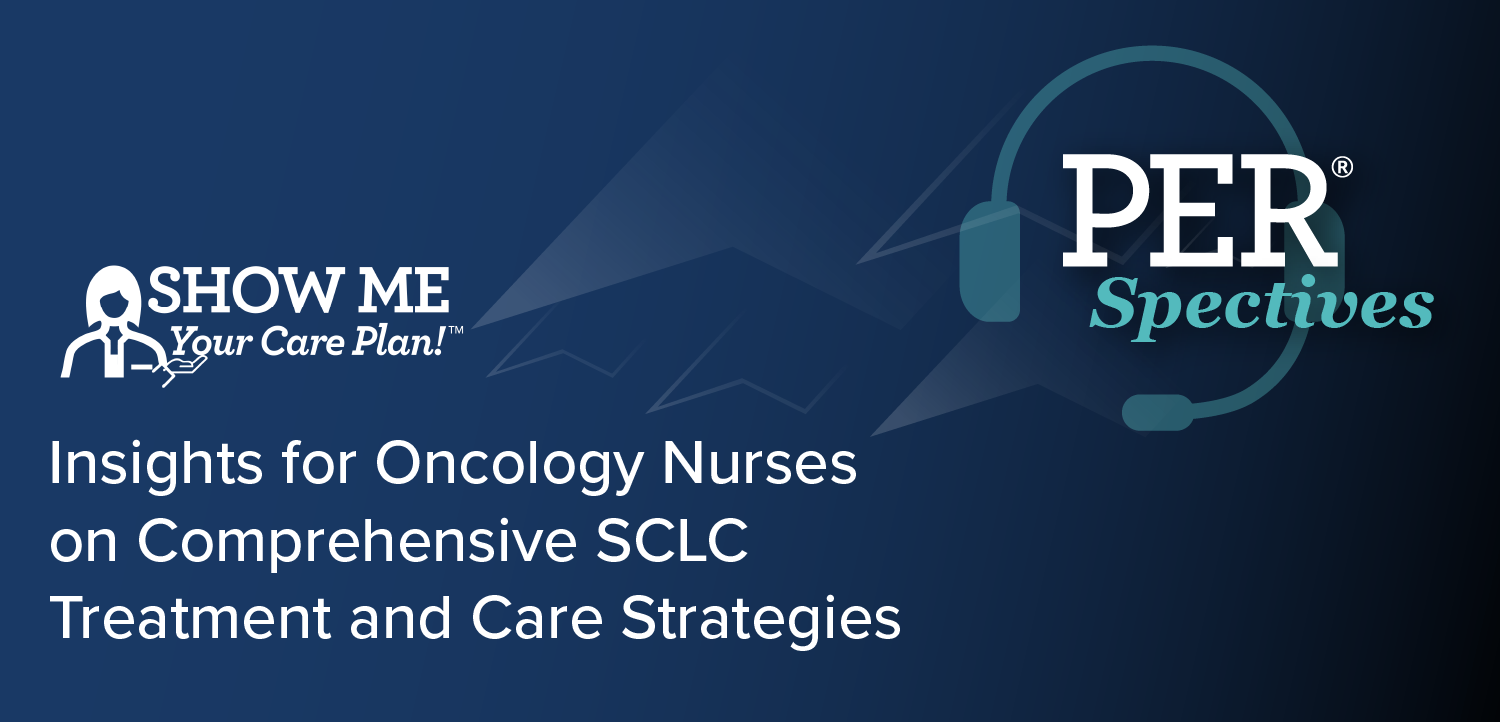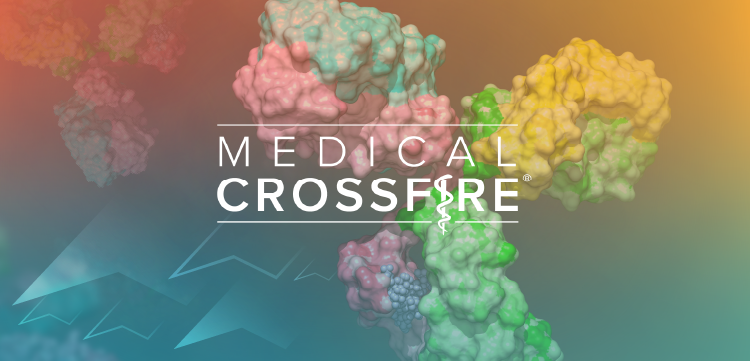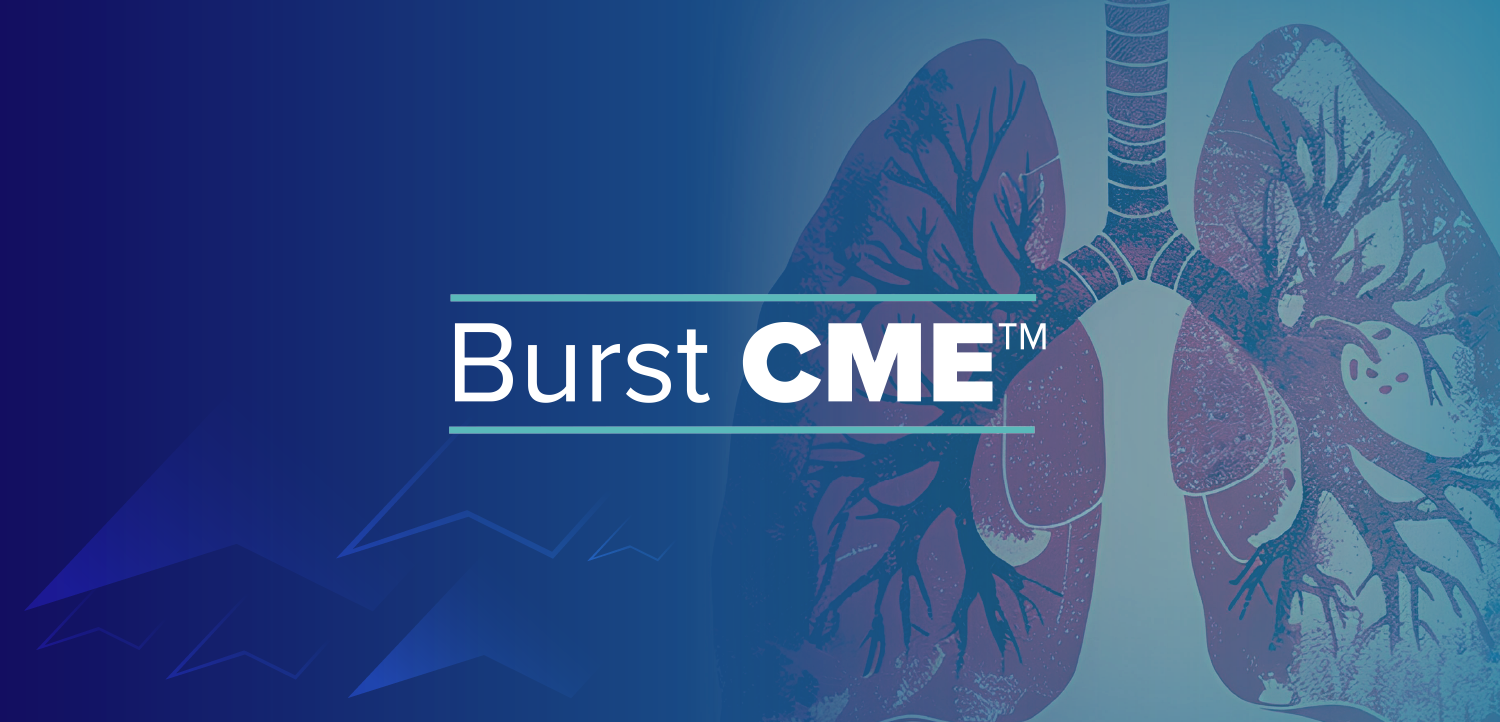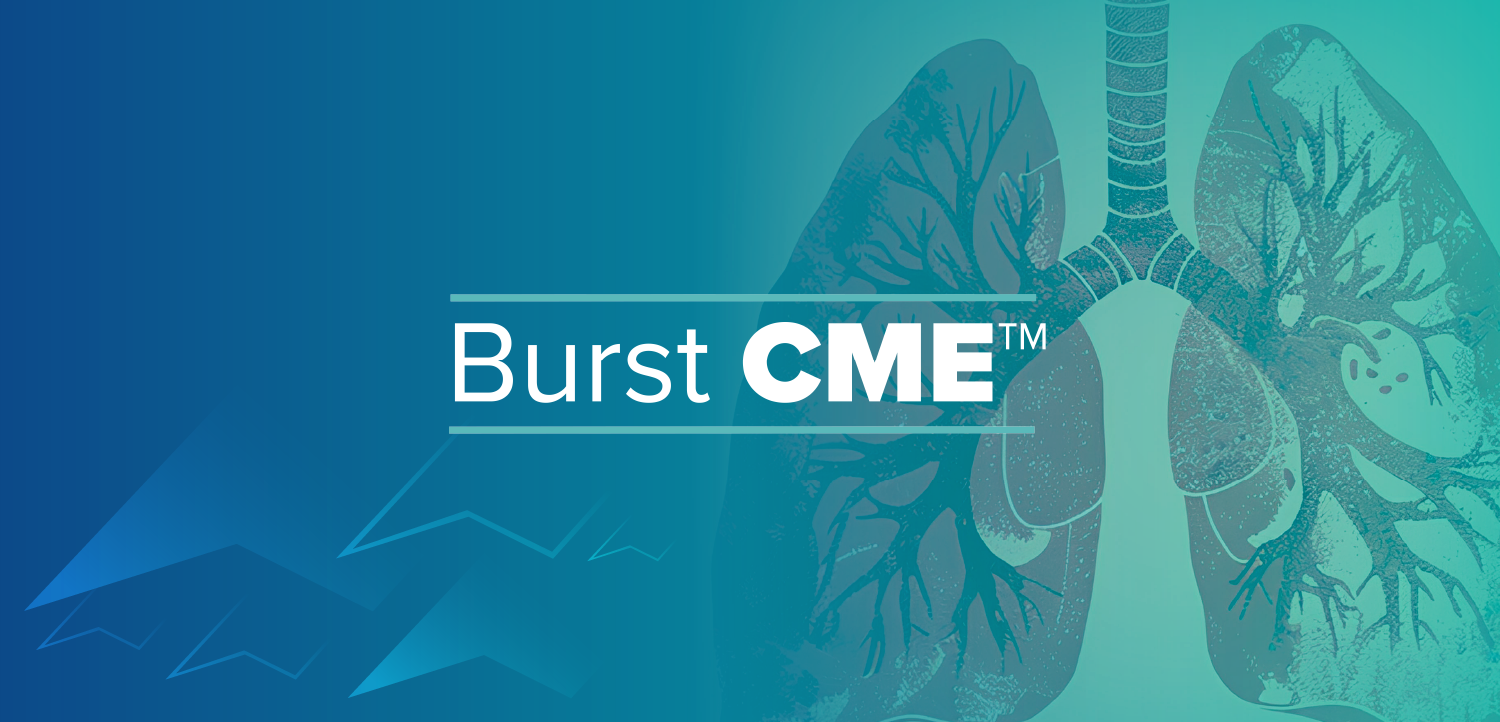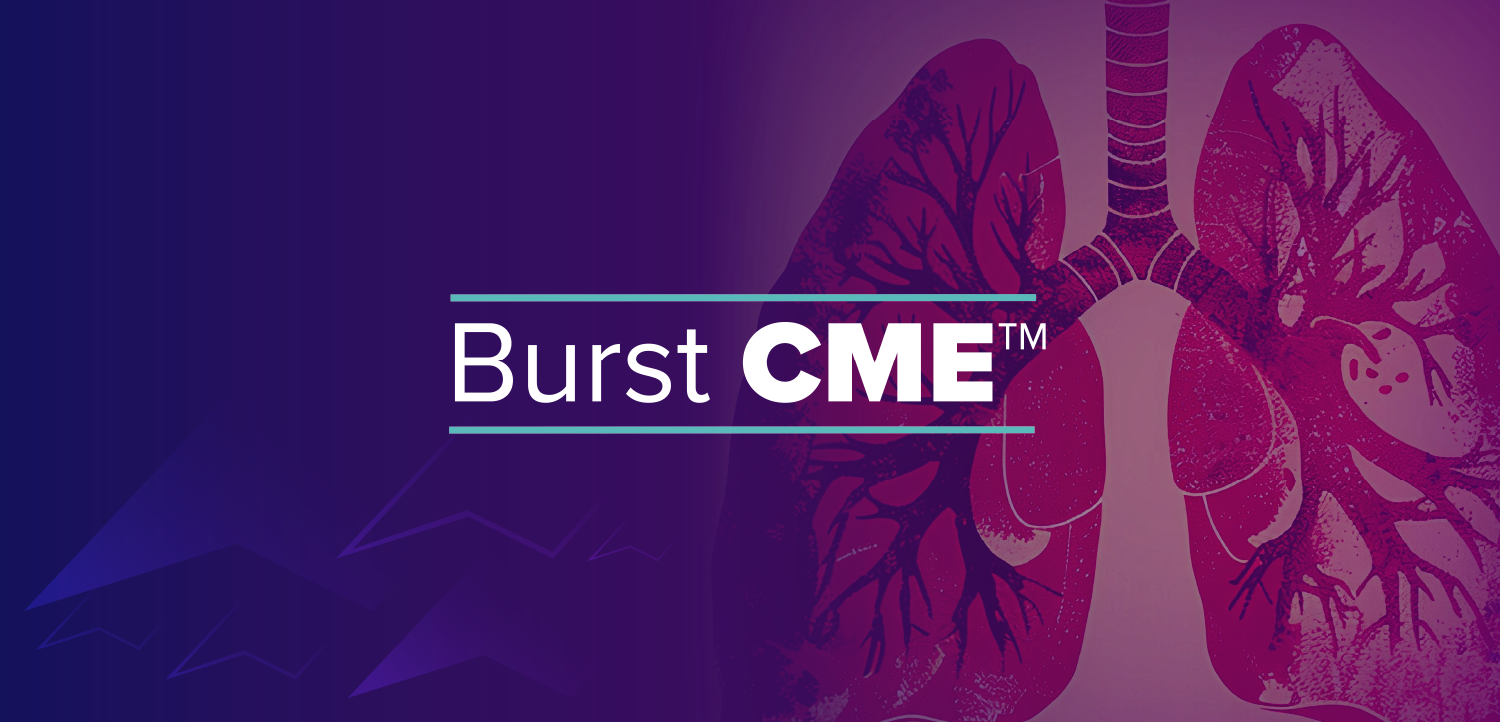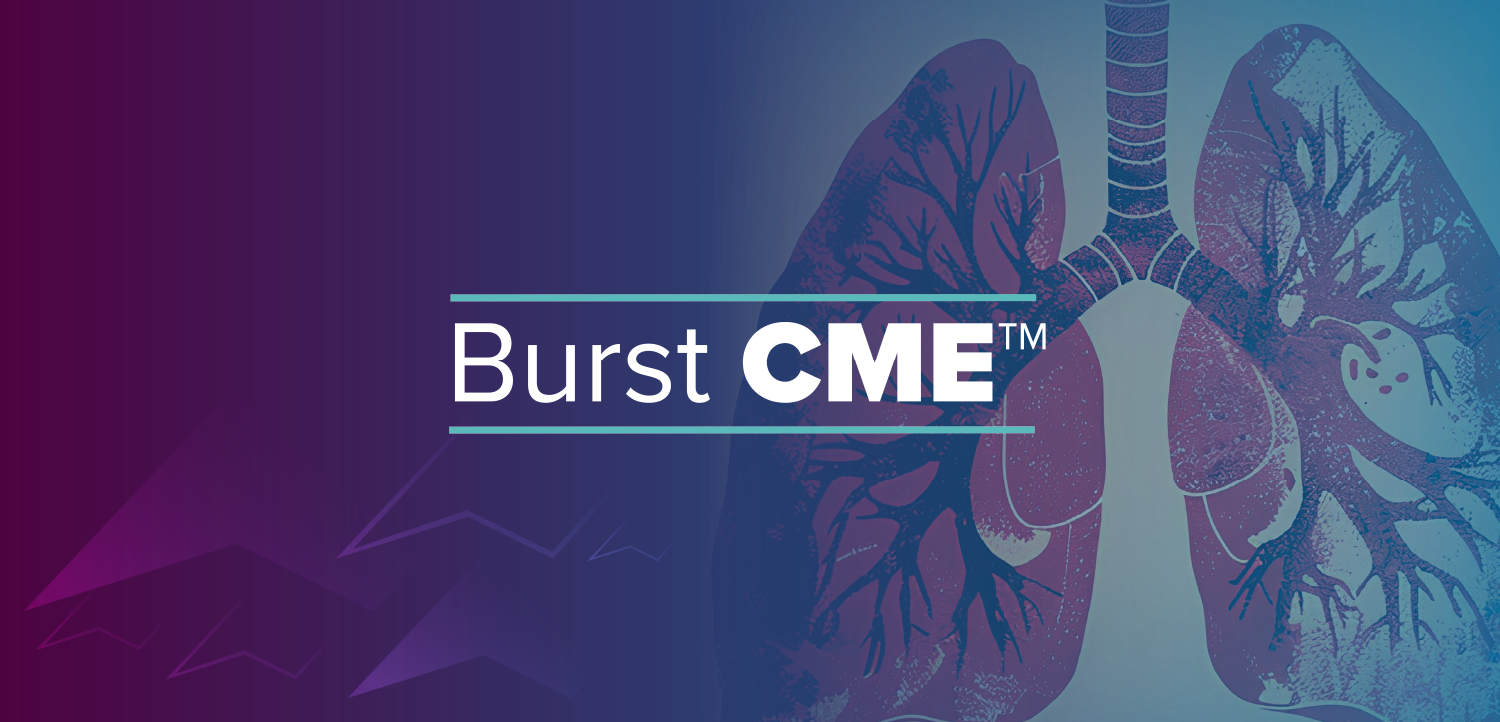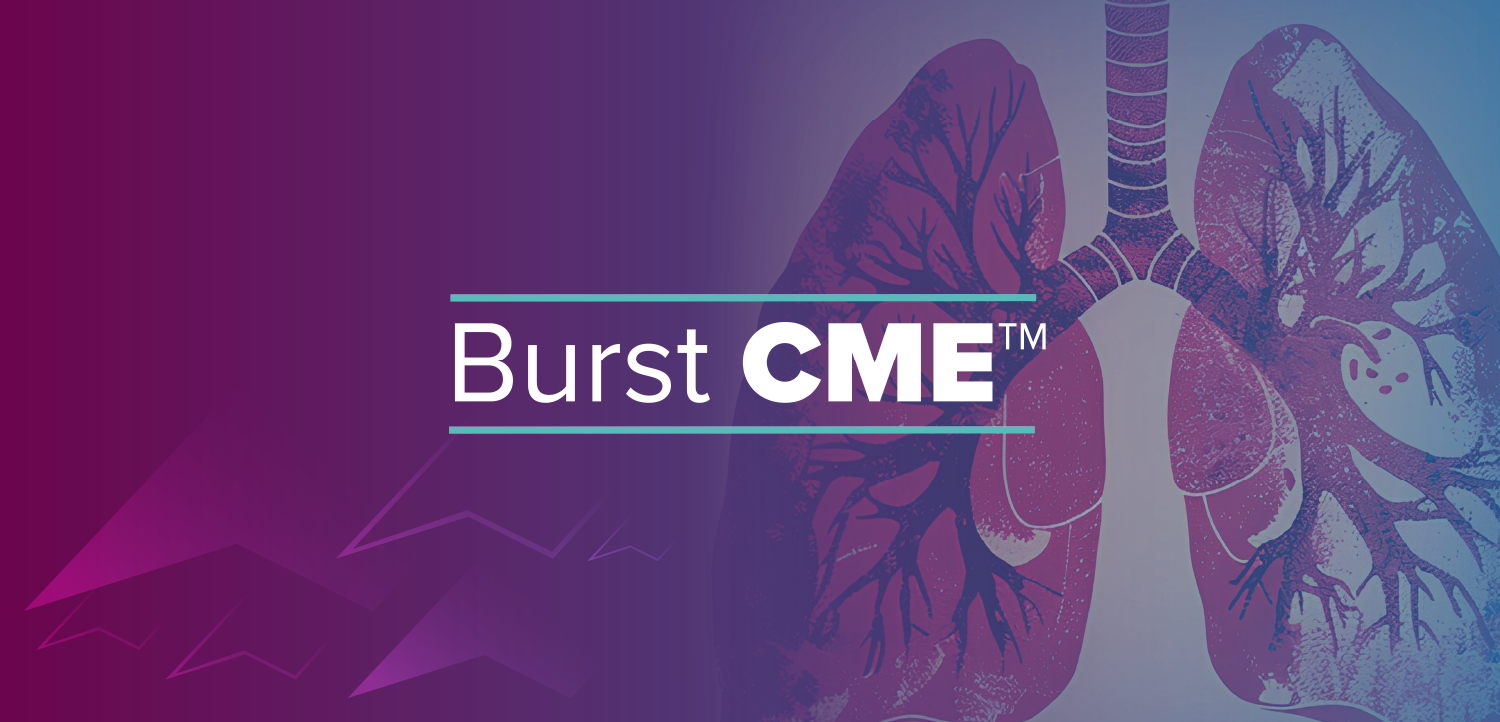Health Equity: Why It’s Vital to Star Ratings Performance
With the introduction of the Health Equity Index (HEI) to Star Ratings methodology, health plans have yet another incentive to address health disparities.
Meeting the complex needs of
- Higher rates of poverty and unemployment, which can lead to higher healthcare costs that make it riskier for plans to serve these communities
- Shortages of primary care physicians and specialists
- Higher rates of chronic disease, mental health conditions, and factors like food insecurity
Because plans earning less than four stars are ineligible for
- Resource constraints. MA plans in low-income areas
often have fewer resources to address social determinants of health (SDOH) like unstable housing, lack of access to nutritious food, and transportation barriers that can make it difficult for members to attend medical appointments, adhere to treatment plans, and engage in healthy behaviors. - Complex health needs. Individuals in low-income neighborhoods
are more likely to suffer from chronic diseases such as diabetes and hypertension . - Communication barrier. Language barriers,
low health literacy , and limited access to technology can impede member-provider communication, ultimately affecting health outcomes and quality scores.
Preparing for the 2027 Health Equity Index
Another factor that could create additional challenges for plans seeking higher ratings is the Health Equity Index (HEI). Since 2022,
The
Optimizing Star Ratings and improving gaps in care
With the introduction of the HEI, plans that prioritize long-term strategies to support at-risk populations will see better performance on quality measures as well as higher ratings. Here are some ways that health plan leaders can act now.
Set targets using predictive cut points. More than half of cut points increased from 2024 to 2025. With CMS’s methodology changes, cut points will continue to trend higher, and plans will need to set higher goals just to maintain the same rating. Plans should track their performance with tools that can predict cut points for upcoming measurement years; otherwise, they could fall short of their goals.
Identify members with SDOH using socioeconomic, geospatial, and claims data. Plans can use health risk assessments (HRAs) and other member interactions to identify SRFs and capture them as ICD-10 Z-codes (Z55-Z65 range). Plans can also use census data at the neighborhood level to identify potentially vulnerable members. Then plans can target their outreaches, enroll members in low-income programs, and provide individualized support.
Collaborate with local organizations to offer community-based benefits. By connecting with community health centers and social service agencies, plans can provide help with housing, food, and transportation.
Emphasize preventive care and early intervention to reduce the incidence of chronic diseases and complications. Plans should offer wellness programs, health education, and preventive screenings to encourage healthy behaviors and catch health issues early.
Committing to the difficult work ahead
While strategies to address health inequities require planning, partnerships, and investments, they are essential for plans to close gaps in care and stay competitive. Plans that act now and remain agile to ongoing policy changes will be better positioned to achieve higher ratings and provide better care for their patients.
Marge Ciancetta is the product manager of Cotiviti’s Star Intelligence solution and Leah Dewey,M.P.H., is vice president of clinical and consumer engagement operations of Cotiviti.
Newsletter
Get the latest industry news, event updates, and more from Managed healthcare Executive.











